Description
Product Description
Imapextide (CAS No. 3004569-93-8) is a synthetic glucagon-like peptide-1 (GLP-1) receptor antagonist designed to block the actions of endogenous GLP-1 (glucagon-like peptide-1). GLP-1 is a central incretin hormone that enhances insulin secretion, suppresses glucagon release, delays gastric emptying, and promotes satiety. While GLP-1 receptor agonists are widely studied for their therapeutic benefits in type 2 diabetes and obesity, antagonists such as Imapextide serve the equally important purpose of dissecting GLP-1 biology by enabling the suppression of its physiological effects.
Research Significance
The use of Imapextide provides researchers with a powerful pharmacological tool to explore:
Mechanisms of hypoglycemia caused by excess insulin release.
The cross-talk between insulin and glucagon secretion.
The role of GLP-1 receptor signaling in metabolic disorders.
Potential therapeutic strategies for conditions where GLP-1 activity may be detrimental.
Structural Features
Peptide-based antagonist with structural similarity to endogenous GLP-1.
Modified to ensure selective receptor blocking activity.
Provides stability and reproducibility in experimental settings.
Applications in Biomedical Research
Hypoglycemia Research
Endocrine Studies
Used to delineate the contribution of GLP-1 versus other incretins in pancreatic islet regulation.
Helps clarify the interaction between insulin, glucagon, and somatostatin secretion.
Metabolic Disease Models
Provides a negative control when evaluating GLP-1 agonists and dual agonists.
Useful in experiments involving type 2 diabetes progression, obesity, and energy metabolism.
Pharmacological Testing
Product Specifications
| Item | Details |
|---|
| Product Name | Imapextide |
| CAS No. | 3004569-93-8 |
| Synonyms | GLP-1 receptor antagonist peptide |
| Molecular Formula | Peptide sequence (exact formula depends on analog) |
| Molecular Weight | Variable, peptide-dependent (~3–4 kDa) |
| Compound Type | Synthetic peptide antagonist |
| Target Receptor | GLP-1 receptor |
| Mechanism | Blocks GLP-1 receptor signaling |
| Appearance | White to off-white lyophilized powder |
| Purity | ≥98% (HPLC) |
| Solubility | Soluble in water, PBS, and DMSO |
| Storage | -20°C, desiccated, away from light |
| Stability | ≥12 months at recommended storage |
| Delivery Form | Sealed vials, lyophilized powder |
| Applications | Hypoglycemia research, incretin biology, metabolic disorders |
Mechanism of Action
Imapextide functions as a competitive antagonist at the GLP-1 receptor (GLP-1R), a class B G-protein coupled receptor.
GLP-1 Receptor Biology
GLP-1R location: Pancreatic β-cells, α-cells, CNS, and cardiovascular tissues.
Normal GLP-1 function: Enhances glucose-dependent insulin secretion, reduces glucagon release, delays gastric emptying, and suppresses appetite.
Antagonist Action of Imapextide
Binding: Imapextide competes with endogenous GLP-1 and exogenous GLP-1 analogues.
Signal blockade: Prevents GLP-1-induced cAMP accumulation.
Downstream effects: Suppresses insulin release and unmasks glucagon secretion, leading to increased plasma glucose levels in experimental systems.
Research Implications
Hypoglycemia Mechanisms: By blocking incretin-driven insulin release, Imapextide models insulin overproduction syndromes.
Counter-Regulatory Hormones: Demonstrates the role of GLP-1 in glucagon suppression and highlights how antagonism restores glucagon output.
Drug Testing: Provides a control for incretin-based therapies (GLP-1R agonists, dual GIP/GLP-1R agonists, GLP-1R/GCGR agonists).
Neuroendocrine Studies: Since GLP-1R is also expressed in the brain, Imapextide supports research into the central regulation of appetite and autonomic glucose sensing.

Side Effects
Although Imapextide is used exclusively for research purposes, its pharmacological profile suggests potential side effects in experimental models:
Metabolic Effects
Hyperglycemia due to reduced insulin secretion.
Dysregulated glucagon levels, potentially leading to impaired glucose homeostasis.
Gastrointestinal Effects
CNS-Related Effects
Laboratory Precautions
Handle with protective equipment in a laboratory setting.
Avoid contamination, repeated freeze-thaw, or prolonged exposure to room temperature.
Disclaimer
Imapextide is intended for laboratory research use only. It is not for human administration, diagnostic procedures, or therapeutic purposes.
Keywords
Imapextide, CAS 3004569-93-8, GLP-1 receptor antagonist, incretin biology, hypoglycemia research, pancreatic islet regulation, metabolic disorder model, insulin secretion inhibitor, glucagon regulation, peptide antagonist.
Shipping Guarantee
We provide global secure shipping with:
Customs-cleared delivery worldwide
Compensation for loss or damage in transit
Fast, trackable international courier options
Transaction Guarantee
We support multiple safe and convenient payment options:
Bank Transfer (T/T)
PayPal
Cryptocurrency (BTC, ETH, USDT, etc.)
Flexible options on request

 MACTIDE-V | CD206-Targeted Peptide-Drug Conjugate for TAM Modulation and Cancer Research
1 × $28.00
MACTIDE-V | CD206-Targeted Peptide-Drug Conjugate for TAM Modulation and Cancer Research
1 × $28.00 Ozarelix (CAS No. 295350-45-7) | Research-Grade GnRH Antagonist Peptide Supplier
10 × $22.00
Ozarelix (CAS No. 295350-45-7) | Research-Grade GnRH Antagonist Peptide Supplier
10 × $22.00 FR901379 (CAS 144371-88-0) | GMP Supplier & Manufacturer for Research Use
1 × $26.00
FR901379 (CAS 144371-88-0) | GMP Supplier & Manufacturer for Research Use
1 × $26.00
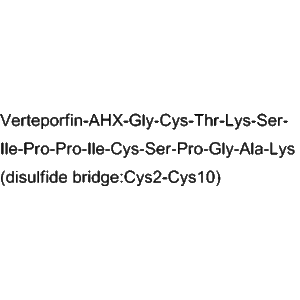 MACTIDE-V | CD206-Targeted Peptide-Drug Conjugate for TAM Modulation and Cancer Research
MACTIDE-V | CD206-Targeted Peptide-Drug Conjugate for TAM Modulation and Cancer Research 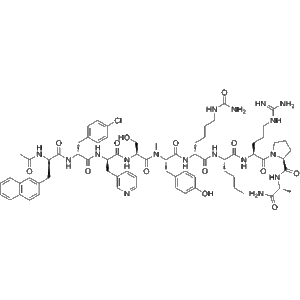 Ozarelix (CAS No. 295350-45-7) | Research-Grade GnRH Antagonist Peptide Supplier
Ozarelix (CAS No. 295350-45-7) | Research-Grade GnRH Antagonist Peptide Supplier 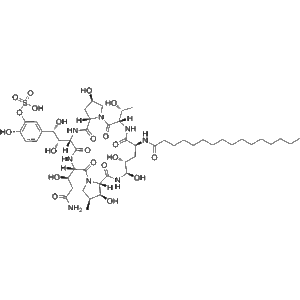 FR901379 (CAS 144371-88-0) | GMP Supplier & Manufacturer for Research Use
FR901379 (CAS 144371-88-0) | GMP Supplier & Manufacturer for Research Use 





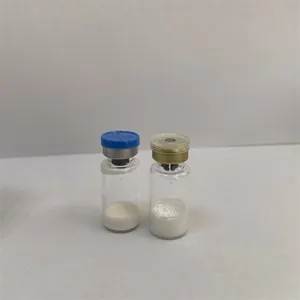

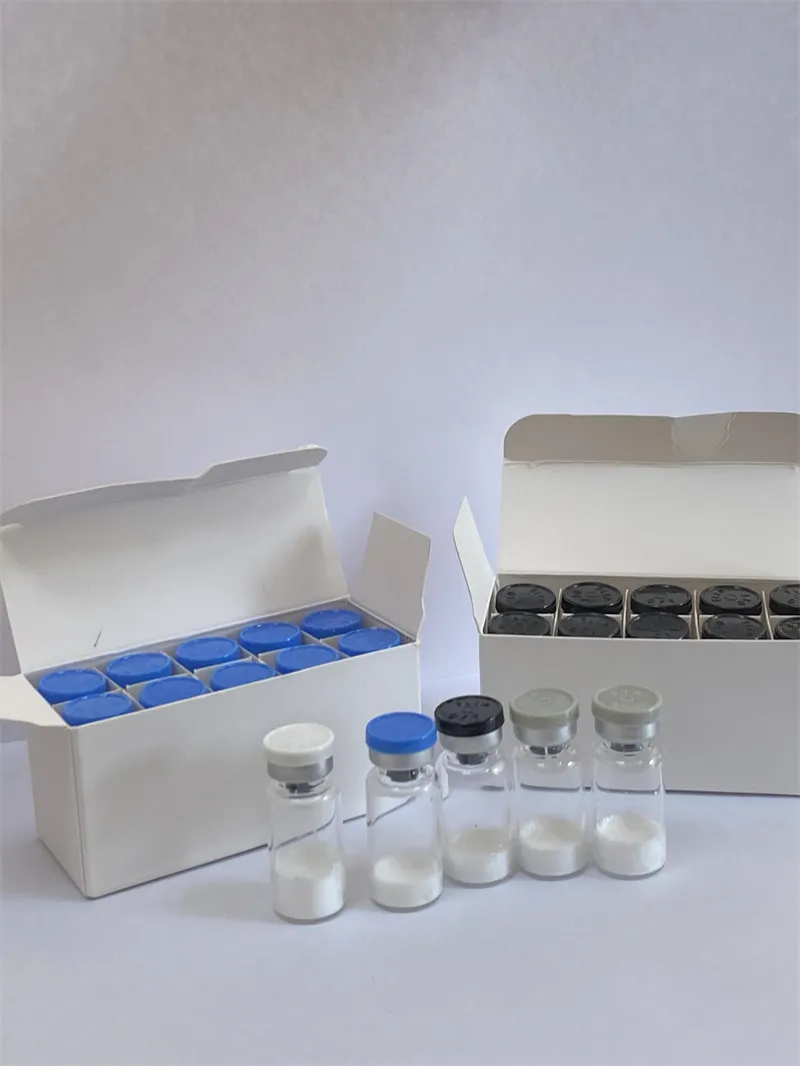


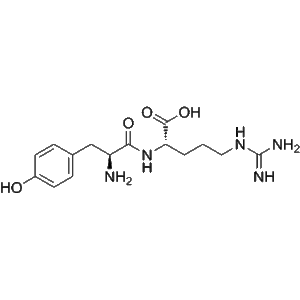
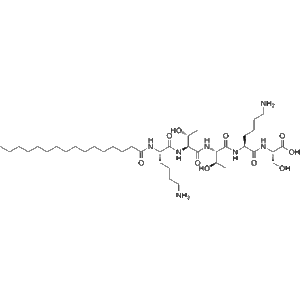
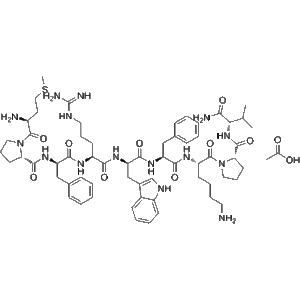
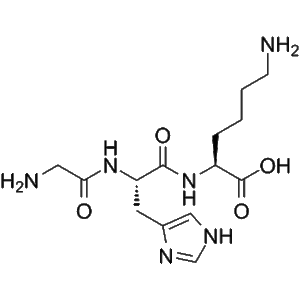
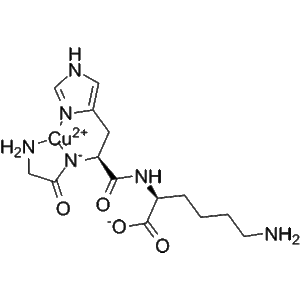
Reviews
There are no reviews yet.